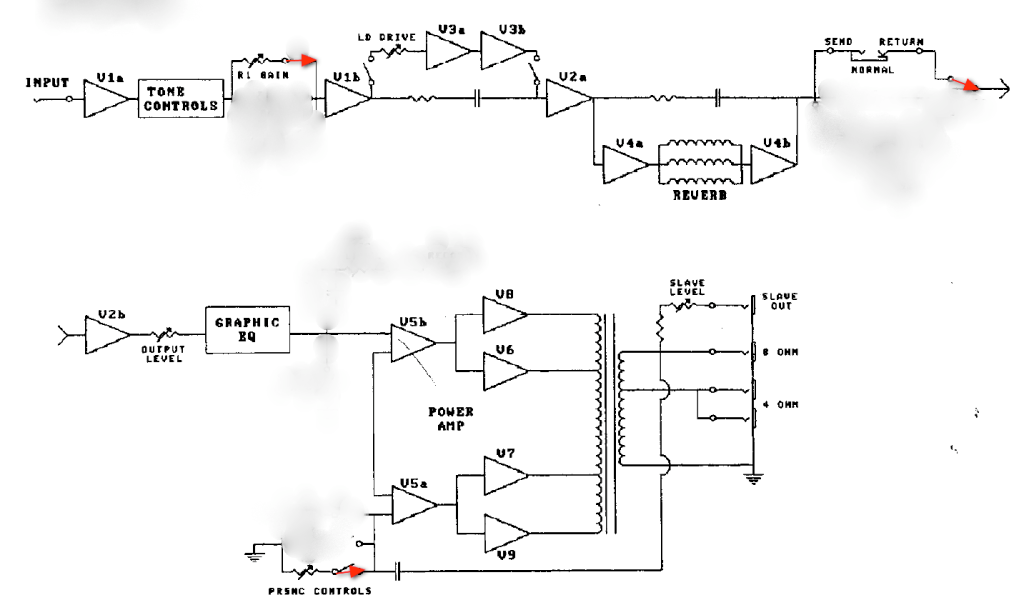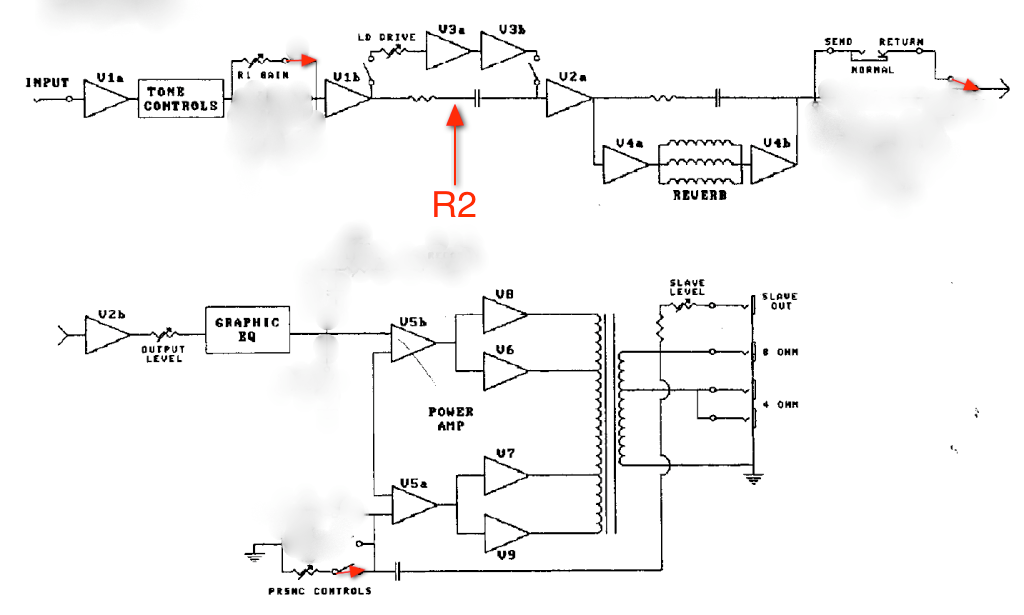emoshurchak
Member
- Joined
- Feb 3, 2007
- Messages
- 19
- Reaction score
- 0
I'm trying to understand the relationship of the Volume, Master, Lead Drive, and Lead Master controls on my Mark lll. I know the Volume control is part of the pre-amp and is active in all channels including the lead channel. I think that the Lead Drive and Lead Master are pre-amp controls as well (V3). I was wondering if someone could give me a non-technical description of how the guitar signal is routed through the various circuits and in particular, how Volume and Lead Drive/Master are related.





